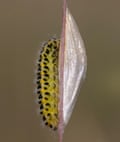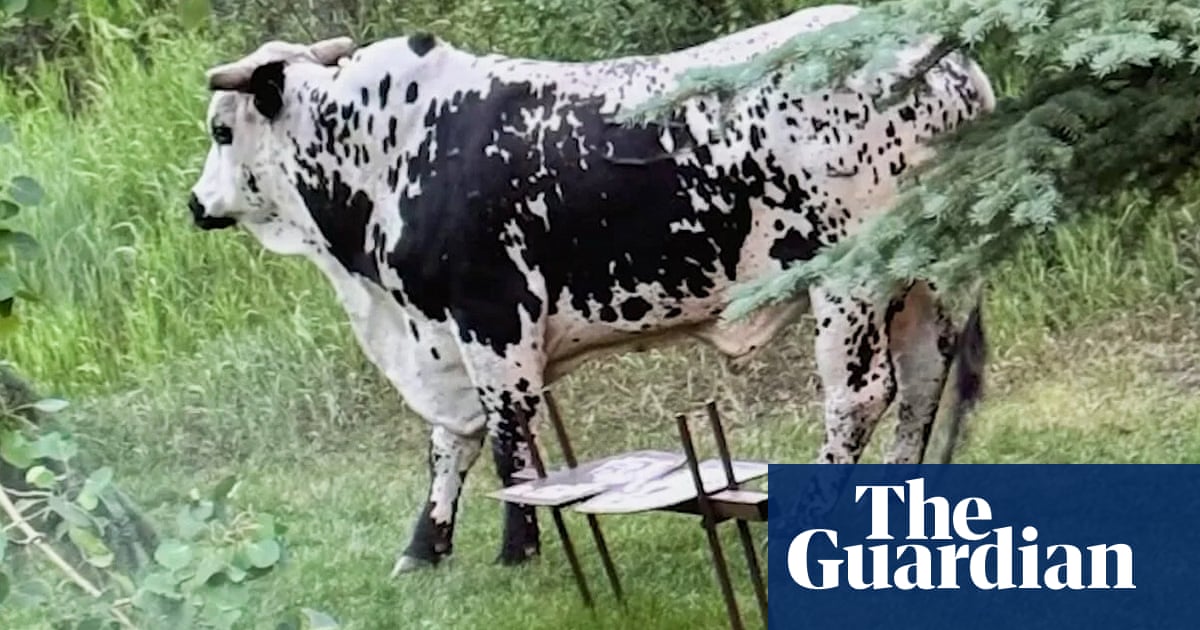PROTECT YOUR DNA WITH QUANTUM TECHNOLOGY
Orgo-Life the new way to the future Advertising by AdpathwayAs we swelter through the meadow, our heat-loving companions bask on knapweed and field scabious, stirring every few seconds to chase off rivals or woo potential mates. The dark green fritillaries and feisty marbled whites command our attention with their dramatic and intricate wing markings, while small heaths, skippers, ringlets and meadow browns provide the butterfly chorus.

Distracted by the razzle-dazzle, I’ve forgotten that we’re hunting for a sooty anomaly in the summer meadow. With its penchant for flying in bright sunshine, the chimney sweeper could be mistaken for a butterfly, but is, in fact, a day-flying moth. It’s one of about 130 macro-moths in the UK that take to the wing during daylight hours, more than twice the number of butterfly species. Many exhibit vivid colouration or striking patterns, such as the cinnabar, emperor, scarlet tiger or hornet moths. In contrast, the chimney sweeper has no patterning on its black body save for a white margin on the forewings, and it keeps a low profile, alighting on grass stems or making short flights around the white umbel flowers of pignut, its larval food plant. Today, its profile is so low that we fail to see it at all.
Instead, I notice a papery sail high on a grass stem by the path. Inside the cocoon is a pupa in which a lemon and black caterpillar is metamorphosing into another day-flying moth: a six-spot burnet. Once we’ve seen the first sail, every other grass stem in the meadow seems to hoist its own cocoon and a fleet of burnets is launched. Some stems host caterpillars waiting to pupate, while others display empty vessels where parasitic flies or wasps have consumed the larvae, then vacated through the cocoon wall.

A quick calculation suggests that if we’re looking at an acre and a half of meadow with eight or nine cocoons per square metre, there might be as many as 50,000 burnet moths coalescing in front of us. After a fortnight or so in their silken cases, they’ll emerge with one purpose – the continuation of their thriving colony – a yearly commemoration of the forgotten concept of abundance.


.png) 2 days ago
10
2 days ago
10










 English (US) ·
English (US) ·  French (CA) ·
French (CA) ·  French (FR) ·
French (FR) ·